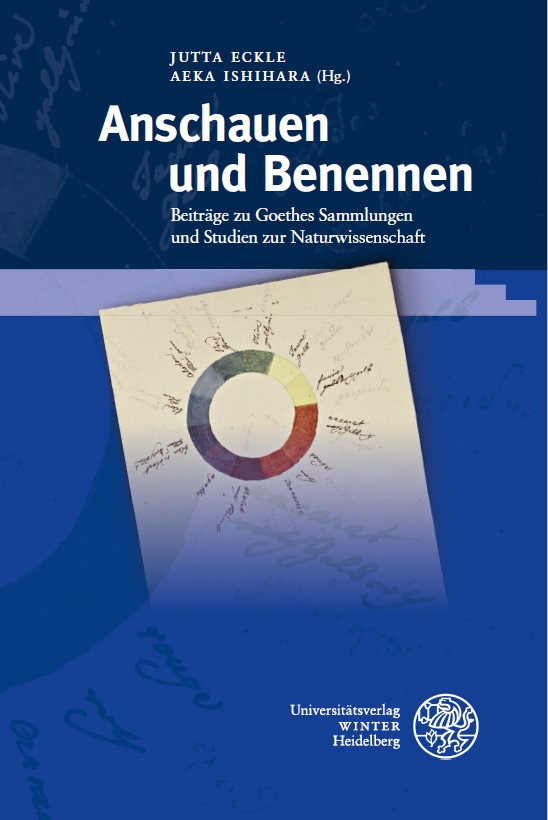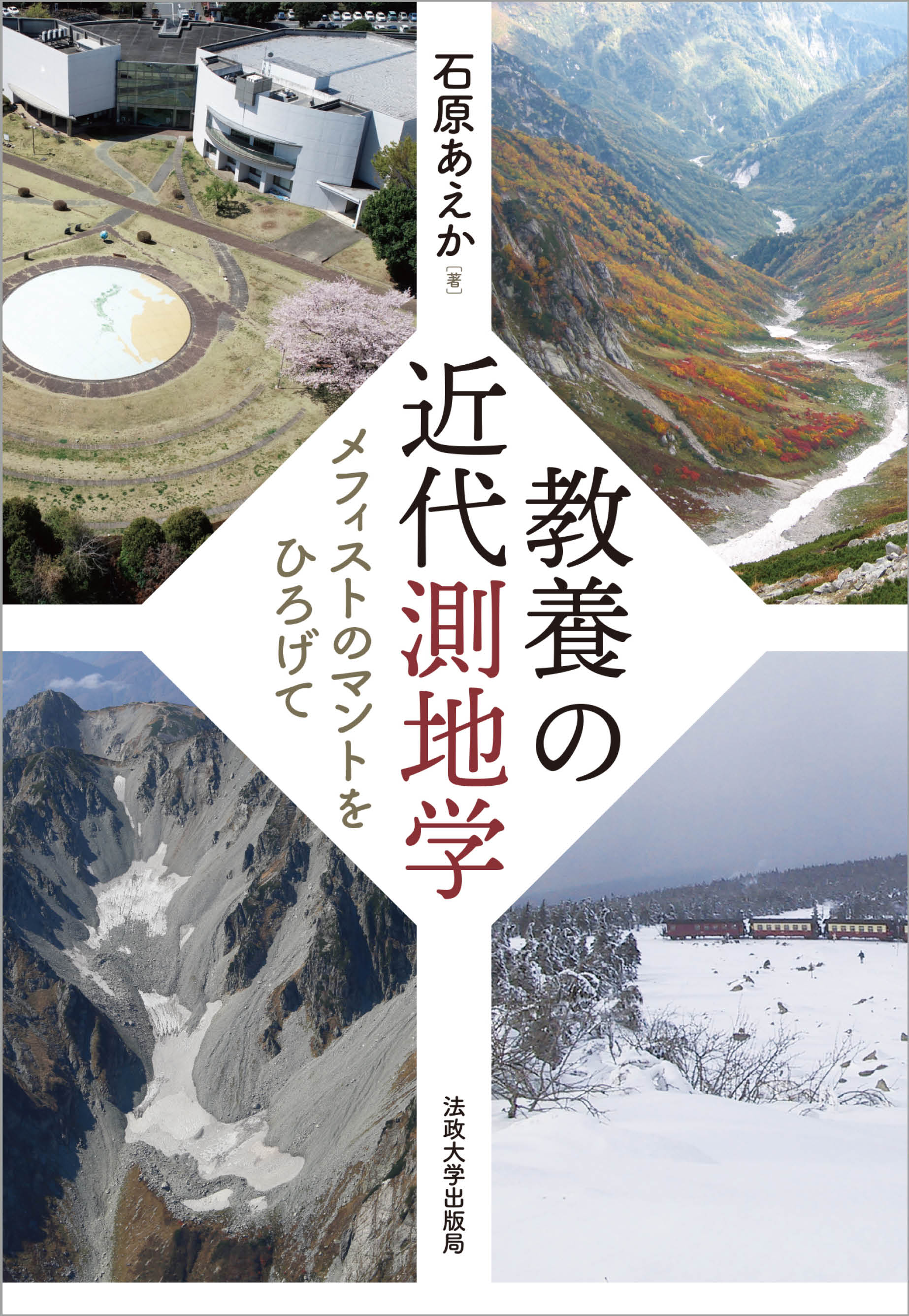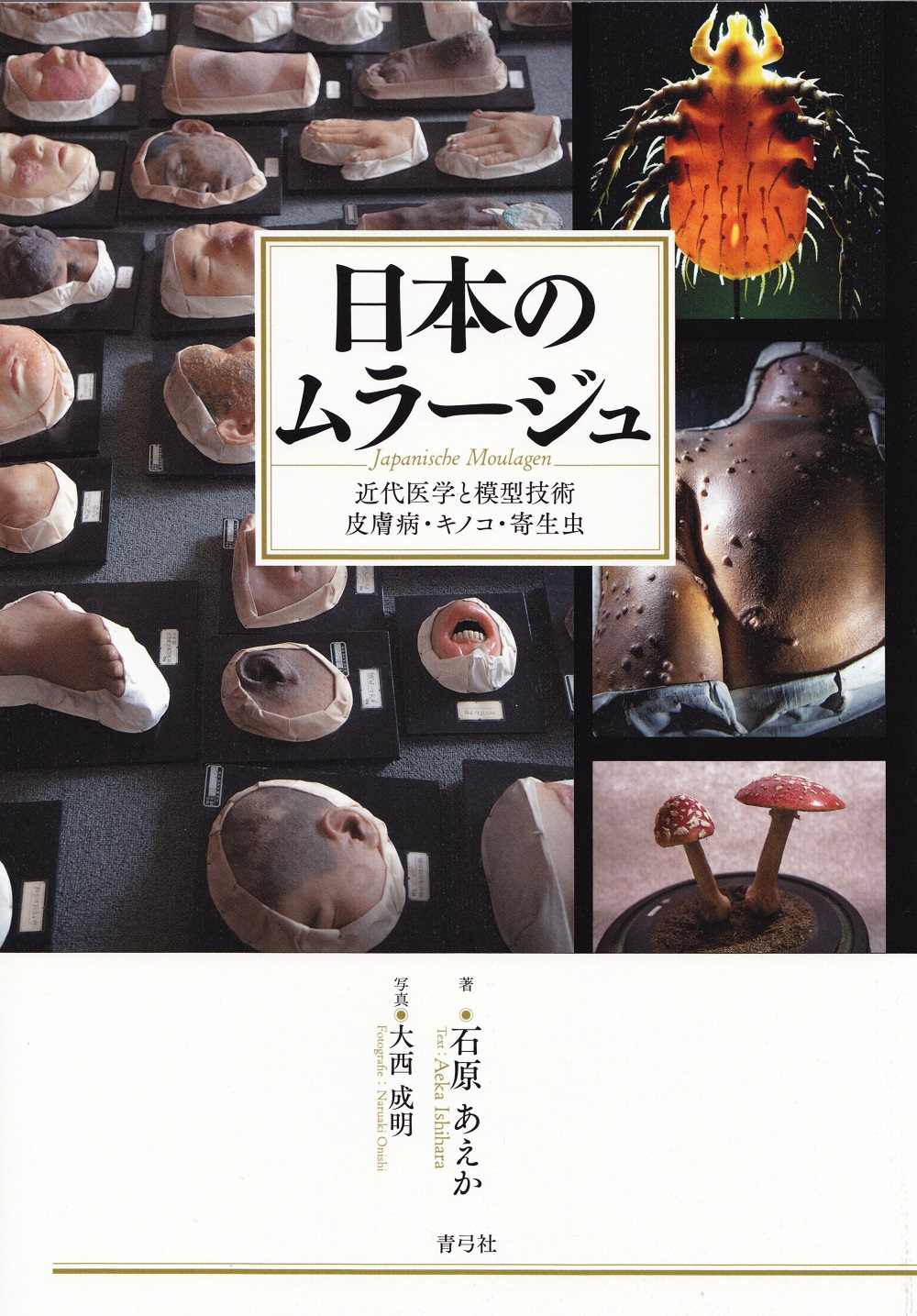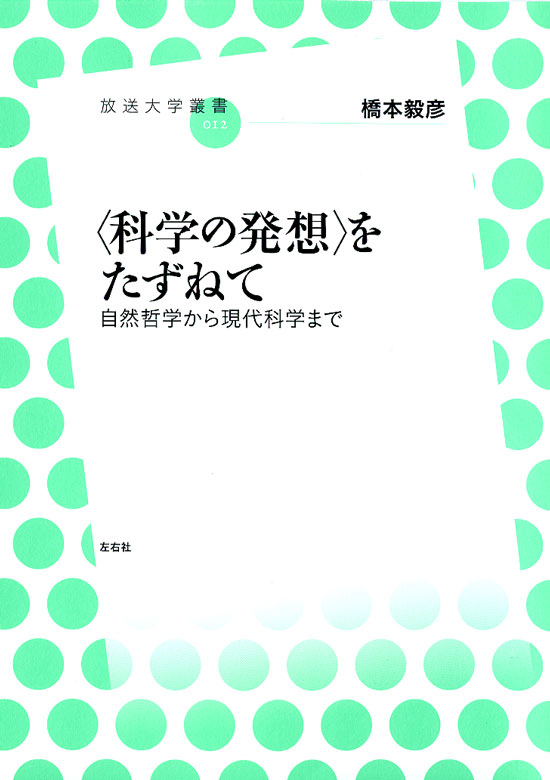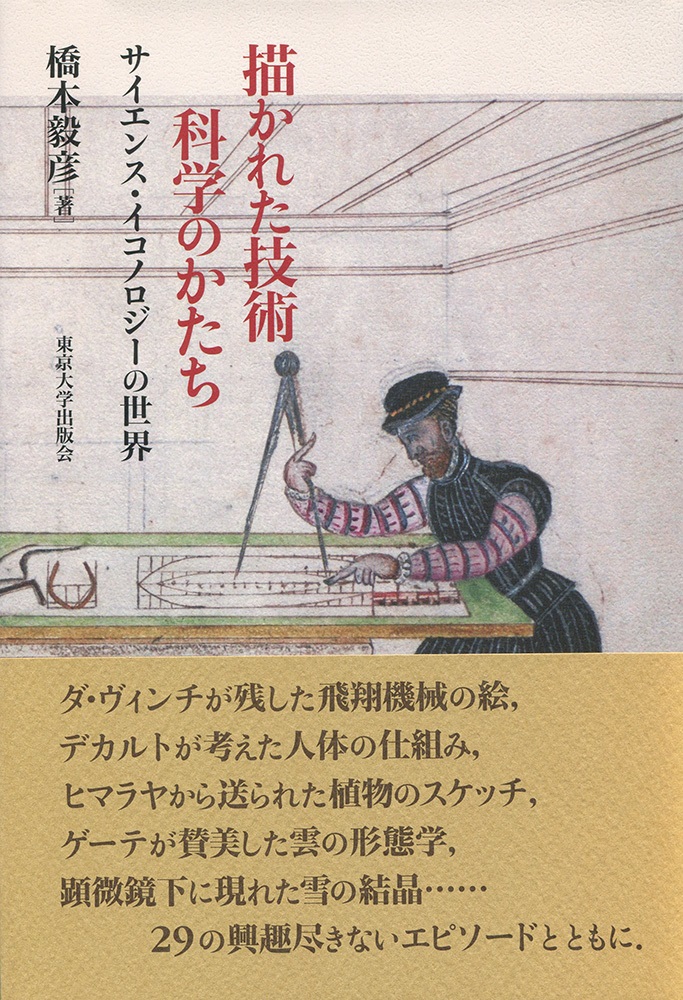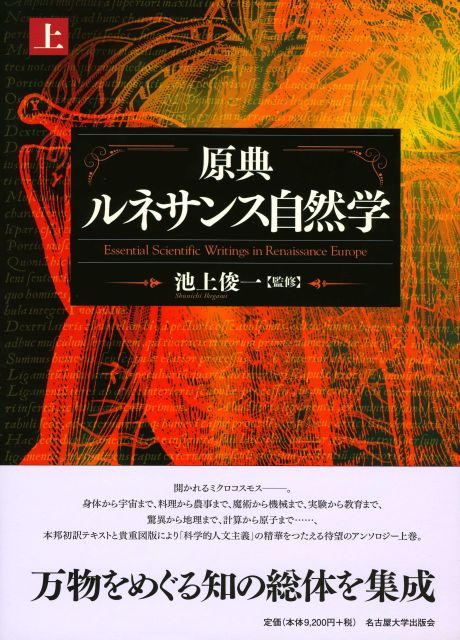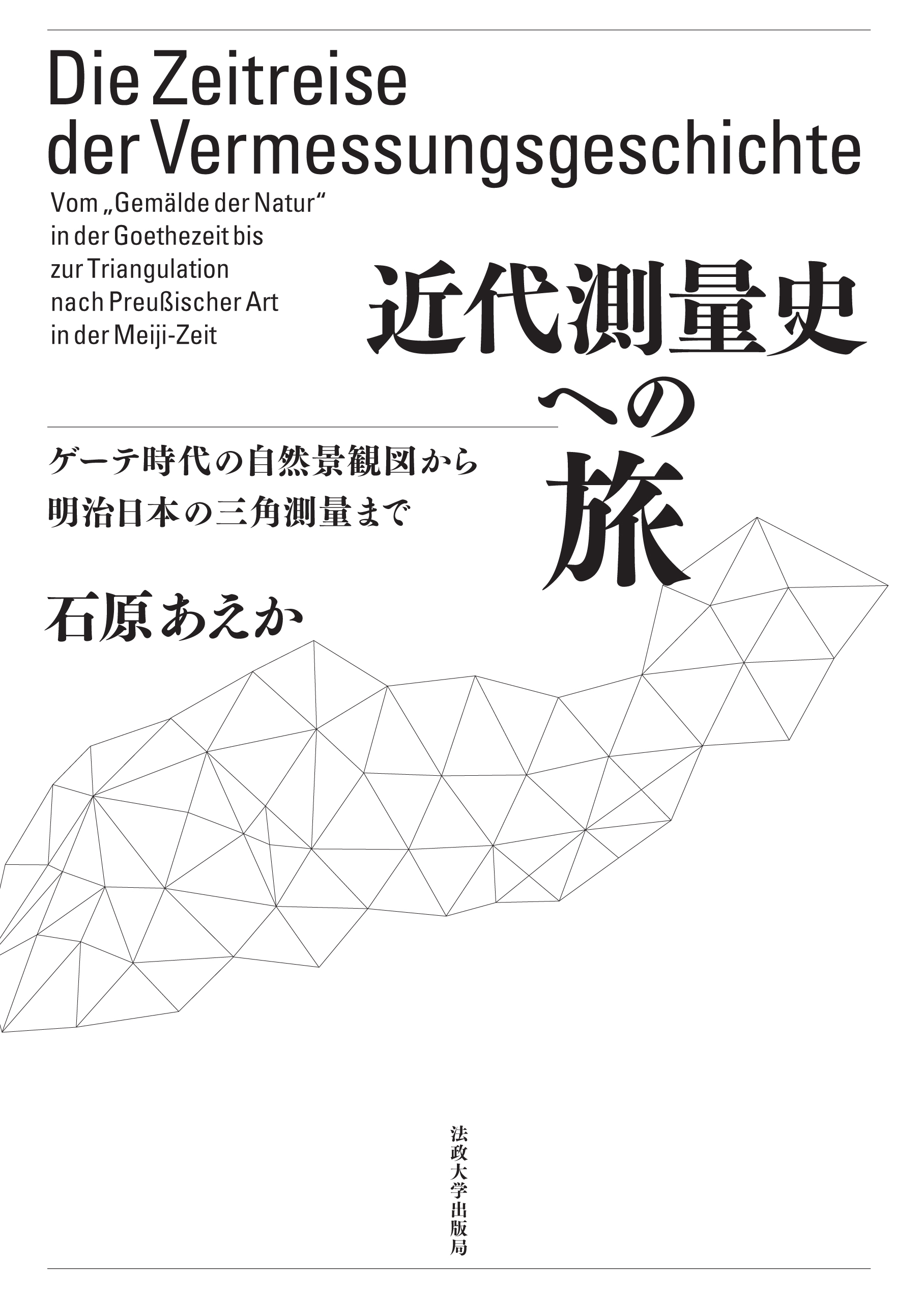
Title
Kindai-Sokuryôshi heno Tabi (A Journey to Modern Surveying History - From "Painting of Nature" in the Goethe Era to Prussian-Style Triangulation in the Meiji Period)
Size
352 pages, A5 format, hardcover
Language
Japanese
Released
September, 2015
ISBN
978-4-588-37123-3
Published by
Hosei University Press
Book Info
See Book Availability at Library
Japanese Page
A white varnished cover, contrasting against black letters. A brown colored craft paper used for the body that reminds you of the vast lands. The inside cover decorated with wave patterns in blue, which is suggestive of the sea, or a contour. The author dressed the book with as many decorations as possible and issued the book with the title, Kindai-Sokuryôshi heno Tabi / A Journey to Modern Surveying History in the autumn of 2015.
This book is based on my third book in German, Die Vermessbarkeit der Erde, published by an academic publishing company in Würzburg, Germany, in the summer of 2011. While using science history like Daniel Kehlmann who was then popular in German-speaking countries, I added a little twist to the title of the modern fiction, Die Vermessung der Welt (Japanese translation Sekai no Sokuryô is available by Sanshusha), which is rich in parody. As the sub-title, Die Wissenschaftsgeschichte der Triangulation suggests, the book is pretty much about science history in character, a study of a comical character in the story, Gauss, and of a primary document by Alexander von Humboldt.
Incidentally, the Japanese translation is not available for the two books that were solely authored by me and published in Germany; the first book is titled Makarie und das Weltall (1998), which was originally my thesis presented to the University of Cologne to apply for a degree and was later revised. The second book is entitled, Goethes Buch der Natur (2005).
In fact, for a while after I managed to publish my third book in Germany, I was happy to find that reviews of my books appeared in German literature and a journal of surveying in German-speaking countries. Therefore, I never planned to publish an enlarged edition or a revision, let alone write for Japanese readers because I knew that the publishing industry in Japan would be reluctant to accept my subject, Goethes Buch der Natur. In Japan where research areas tend to be divided into humanities and science, my books including Kagakusuru-Shijin Goethe (Goethe as Poet and Natural Scientist) (2010) - sole authored and written in Japanese – often do not fit into such categorization. This makes editors, and salespeople confused all the time. In spite of the fact that the book is a study of Goethe, it was not placed in the section of German literature. Instead, some copies were placed in the history section, and many were on the shelves of science related sections such as “engineering” or “surveying.”
I lamented that “the arrangement of the books was fatally wrong. This makes editors cry!” A few months passed after the publication. I did not get any response from the German literature world as expected. Unfortunately, many seem to have rejected my book as soon as they saw the word “surveying.” However, I was glad when I started to get responses from some experts in surveying, geography, science history, and geology. I had to grimly smile when I found notes in every review, saying “the author is a researcher on Goethe,” or implying “beyond expectation.” Publishing this book gave me a chance to write a column in The Journal of Survey of the Japan Association of Surveyors and to have my books displayed at an exhibition of surveying held in the Libraries for Engineering and Information Science & Technology of the Hongo campus. Although my first concern was where my book would belong to, now it seems to be doing well.
This is not a complicated science book as such. It indeed contains references to many important people and covers a large space. But this gives the real pleasure of studying Goethe. Why not just pick up the book? I have no doubt that you will find the coloured frontispiece illustrations in the first part of the book uplifting and impressive!
(Written by ISHIHARA Aeka, Professor, Graduate School of Arts and Sciences / 2017)



 Find a book
Find a book


